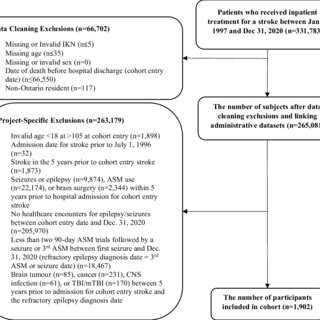April 2024
·
10 Reads
Canadian Journal of Emergency Medicine
This study’s aims were to describe the outcomes of patients with diabetes presenting with their first ED visit for hyperglycemia, and to identify predictors of recurrent ED visits for hyperglycemia. Using linked databases, we conducted a population-based cohort study of adult and pediatric patients with types 1 and 2 diabetes presenting with a first ED visit for hyperglycemia from April 2010 to March 2020 in Ontario, Canada. We determined the proportion of patients with a recurrent ED visit for hyperglycemia within 30 days of the index visit. Using multivariable regression analysis, we examined clinical and socioeconomic predictors for recurrent visits. There were 779,632 patients with a first ED visit for hyperglycemia. Mean (SD) age was 64.3 (15.2) years; 47.7% were female. 11.0% had a recurrent visit for hyperglycemia within 30 days. Statistically significant predictors of a recurrent visit included: male sex, type 1 diabetes, regions with fewer visible minority groups and with less education or employment, higher hemoglobin A1C, more family physician or internist visits within the past year, being rostered to a family physician, previous ED visits in the past year, ED or hospitalization within the previous 14 days, access to homecare services, and previous hyperglycemia encounters in the past 5 years. Alcoholism and depression or anxiety were positive predictors for the 18–65 age group. This population-level study identifies predictors of recurrent ED visits for hyperglycemia, including male sex, type 1 diabetes, regions with fewer visible minority groups and with less education or employment, higher hemoglobin A1C, higher previous healthcare system utilization (ED visits and hospitalization) for hyperglycemia, being rostered to a family physician, and access to homecare services. Knowledge of these predictors may be used to develop targeted interventions to improve patient outcomes and reduce healthcare system costs.




















